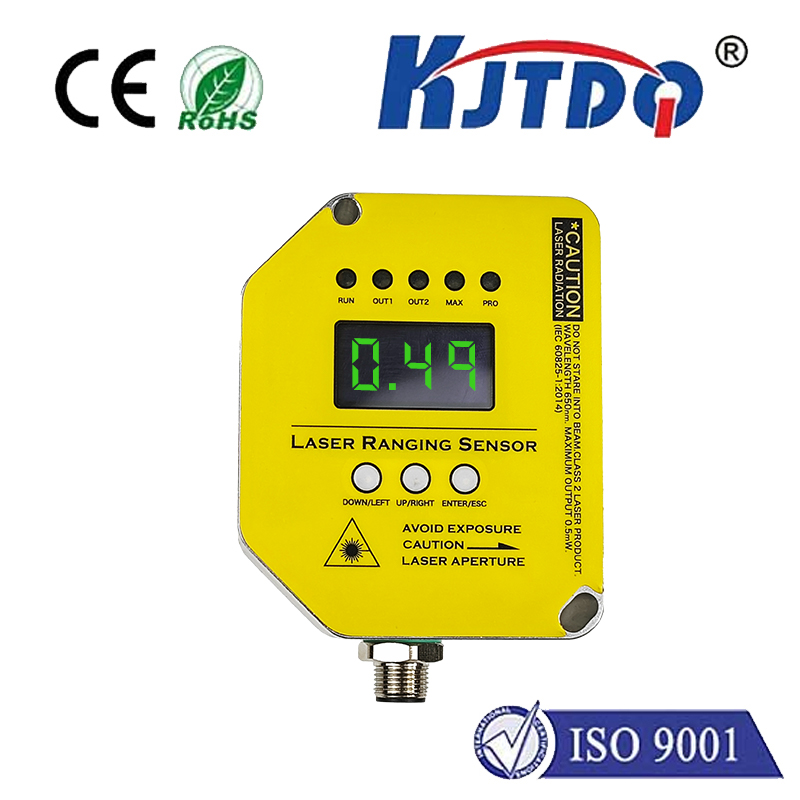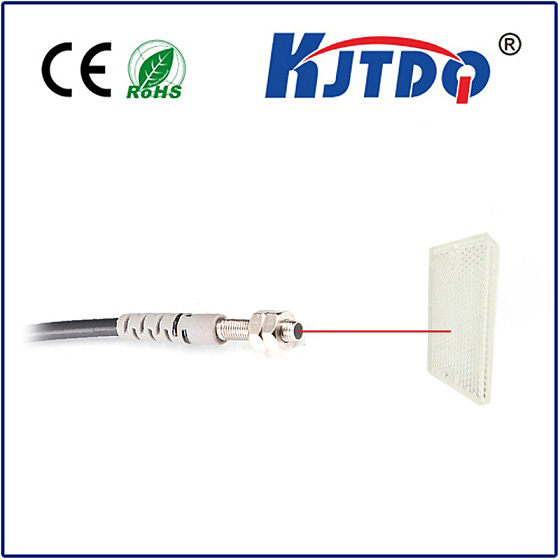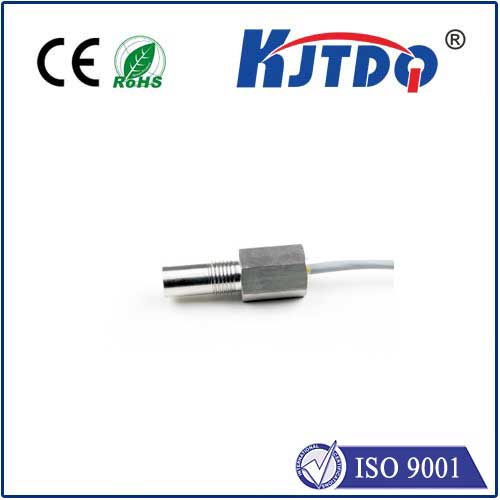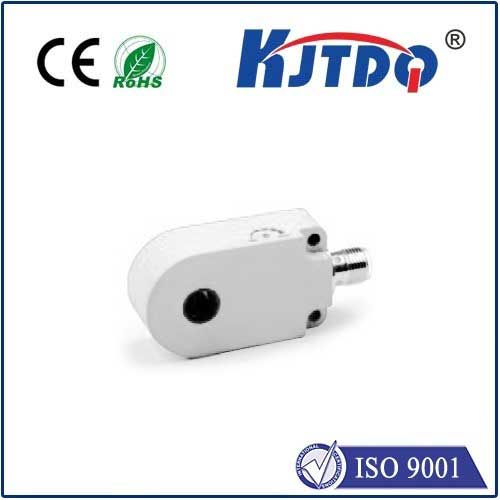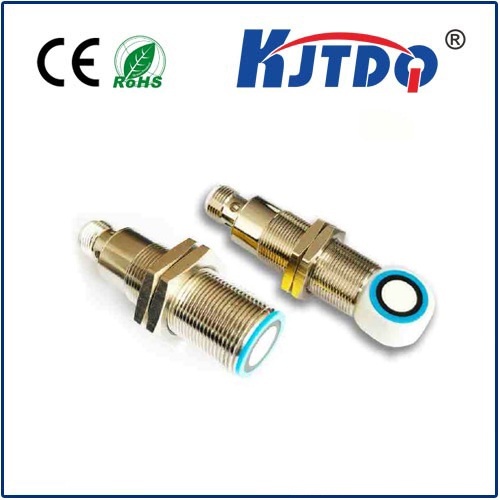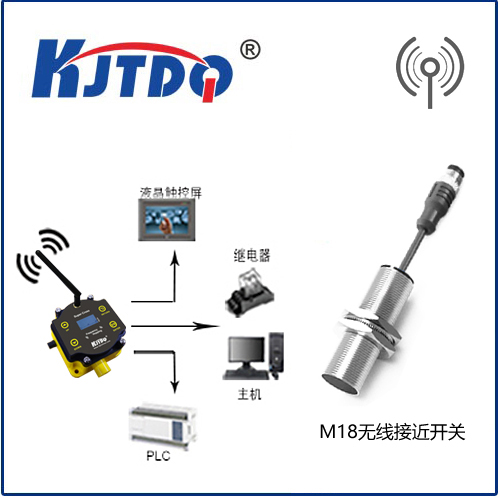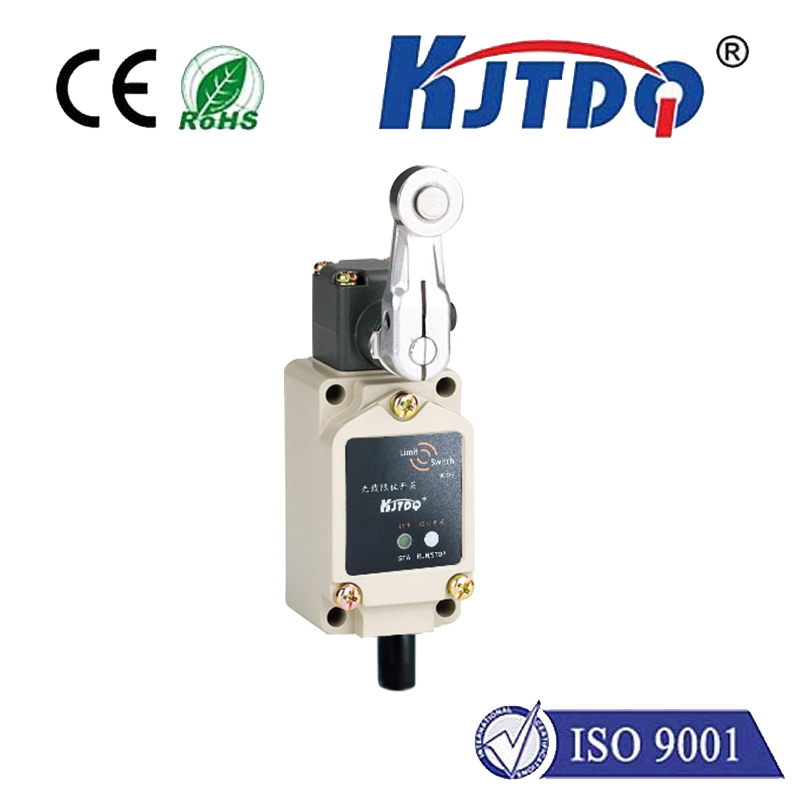E3FA-LN22 24v photoelectric sensor
- time:2025-09-27 05:34:33
- Click:0
E3FA-LN22 24V Photoelectric Sensor: The Core of Modern Industrial Automation
Imagine a high-speed bottling line, thousands of containers whizzing by per hour. A critical moment: detecting the precise fill level in each opaque bottle before capping. Missing even one could mean costly spills, downtime, or worse – a faulty product reaching the consumer. In the heartbeat of such demanding industrial processes, precision detection isn’t just helpful; it’s imperative. This is precisely where sensors like the Omron E3FA-LN22 24V Photoelectric Sensor step into the spotlight, becoming the indispensable eyes of automation, ensuring efficiency, accuracy, and reliability where it matters most.
Understanding the E3FA-LN22: Foundation of Presence Detection
At its core, the E3FA-LN22 is a photoelectric sensor, a device that uses light to detect the presence, absence, or distance of objects without physical contact. This specific model falls under the diffuse-reflective type. Unlike through-beam sensors (requiring separate emitter and receiver units) or retro-reflective sensors (using a reflector), diffuse sensors house both the light emitter and receiver in a single, compact housing. They detect objects when the emitted light beam, typically infrared or visible red LED, hits the target object and some of the light diffusely reflects back to the receiver within the same unit.
The “LN22” suffix often indicates specific characteristics within the E3FA family, such as a standardized cylindrical form factor (M18 size) and a fixed, non-adjustable sensing distance optimized for close-range detection – typically around 100-200mm depending on specific variants and target characteristics. The “24V” designation is crucial: it signifies the sensor operates on a 24V DC power supply, the de facto standard voltage level used across countless machines and control panels in modern industrial environments. This ensures seamless integration without the need for complex voltage conversion.
Why the E3FA-LN22 24V Sensor is a Staple in Automation

Its popularity stems from addressing fundamental needs in industrial settings:
- Reliable & Precise Object Detection: Diffuse sensing is incredibly versatile. The E3FA-LN22 excels at detecting a wide array of objects – boxes on a conveyor, parts on an assembly line, presence of components in machinery, or even liquids in clear containers. Its consistent performance is vital for triggering subsequent actions (like sorting, counting, stopping, or starting a process) reliably, cycle after cycle. Accuracy here directly translates to productivity and quality control.
- Ruggedness for Demanding Environments: Factories aren’t clean rooms. Sensors face vibration, dust, moisture, incidental impacts, and electromagnetic interference. The E3FA-LN22 is built tough. Its housing is typically robust plastic or metal, offering significant resistance to physical knocks. Crucially, it almost always boasts a high Ingress Protection (IP) rating (like IP67 or IP69K), meaning it’s highly resistant to dust ingress and powerful water jets, making it suitable for washdown areas or harsh outdoor conditions where reliability cannot be compromised.
- Simplified Installation & Wiring: The compact, cylindrical M18 form factor is an industry standard. This allows for easy mounting using readily available mounting brackets or nuts. Connections are usually made via a standard M12 connector or flying leads, simplifying integration into control panels or machine wiring harnesses. The 24V DC operation is a universal language in PLCs and industrial controls, eliminating compatibility headaches.
- Cost-Effectiveness for High-Volume Needs: Compared to more complex sensor types (like thru-beam or specialized vision systems), diffuse photoelectric sensors like the E3FA-LN22 offer an outstanding balance of performance, robustness, and price. When an application requires numerous detection points – like across a large conveyor system – this cost efficiency becomes a major operational advantage.
Key Features Empowering Performance
Delving deeper, several features make the E3FA-LN22 stand out:
- Emitter Technology: Utilizing either Infrared (IR) or Visible Red LED light sources. IR offers better immunity to ambient light interference, while Visible Red makes alignment and troubleshooting visibly easier.
- Output Configuration: Commonly found with both Light-ON/Dark-ON operation selectable and either a PNP (sourcing) or NPN (sinking) transistor output. PNP outputs are often preferred in many 24V PLC systems as they source current to the load connected to 0V. The output type must match the input configuration of the connected controller (PLC, relay, counter, etc.) – a critical factor during installation.
- Response Time: These sensors boast fast response times (often in milliseconds), capable of keeping pace with high-speed production lines without missing a beat.
- Stability Features: Many variants incorporate background suppression techniques or stable detection circuits. These technologies help minimize the impact of varying background colors, reflectivity, or surface textures, providing more consistent detection across diverse objects – a significant upgrade over older, less sophisticated diffuse sensors.
- Indicator LEDs: Built-in LEDs clearly show Power status (usually green) and Output status (usually orange or yellow), offering immediate visual feedback for setup confirmation and troubleshooting during operation. This visibility is invaluable on the factory floor.
Applications: Where the E3FA-LN22 Shines
The versatility of the E3FA-LN22 24V photoelectric sensor sees it deployed in countless scenarios:
- Conveyor Systems: Detecting package presence/absence, jam detection, position verification, or triggering sorting gates.
- Packaging Machinery: Verifying carton flaps are closed, detecting filled containers, ensuring labels are present.
- Material Handling: Monitoring bin levels (within range), confirming pallet position, detecting part placement on fixtures.
- Assembly Lines: Verifying component presence before an assembly step, detecting finished assemblies moving to the next station.
- Robotics: Providing reliable “part present” signals for robotic pick-and-place operations.
- Food & Beverage: Inspecting fill levels (especially in clear containers), detecting caps or lids, monitoring packaging integrity on lines.
- Automotive: Confirming part positioning during sub-assembly, detecting components on fixtures.
Selecting and Implementing Effectively
For optimal performance when choosing the E3FA-LN22 or similar sensors:
- Know Your Target: Object size, color, material (reflective/matte), required sensing distance? Matte black targets at longer ranges within the sensor’s spec are more challenging than bright white ones up close.
- Environmental Factors: Dust, moisture, washdown requirements? Confirm the IP rating meets or exceeds environmental demands. Temperature range? Vibration resistance?
- Electrical Compatibility: Ensure the 24V DC supply is stable and adequately rated. Absolutely confirm the output type (PNP/NPN) matches the controller input. Mismatched outputs are a frequent cause of sensor “failure.”
- Mounting: Ensure the sensor is securely mounted and properly aligned. Avoid mounting surfaces that vibrate excessively independently of the target zone. Environmental factors like heavy dust buildup on the lens or intense ambient light shining directly into the receiver can impair function – proper mounting location mitigates this. Regular cleaning might be necessary in particularly dirty environments.
The Unsung Hero of the Production Floor
The Omron E3FA-LN22 24V Photoelectric Sensor exemplifies why fundamental automation components must be robust, reliable, and easy to integrate. It moves far beyond simple presence detection; it provides the critical data points that drive automated decisions and sequences, ensuring smooth operation, preventing errors, and safeguarding product quality. Its **24






